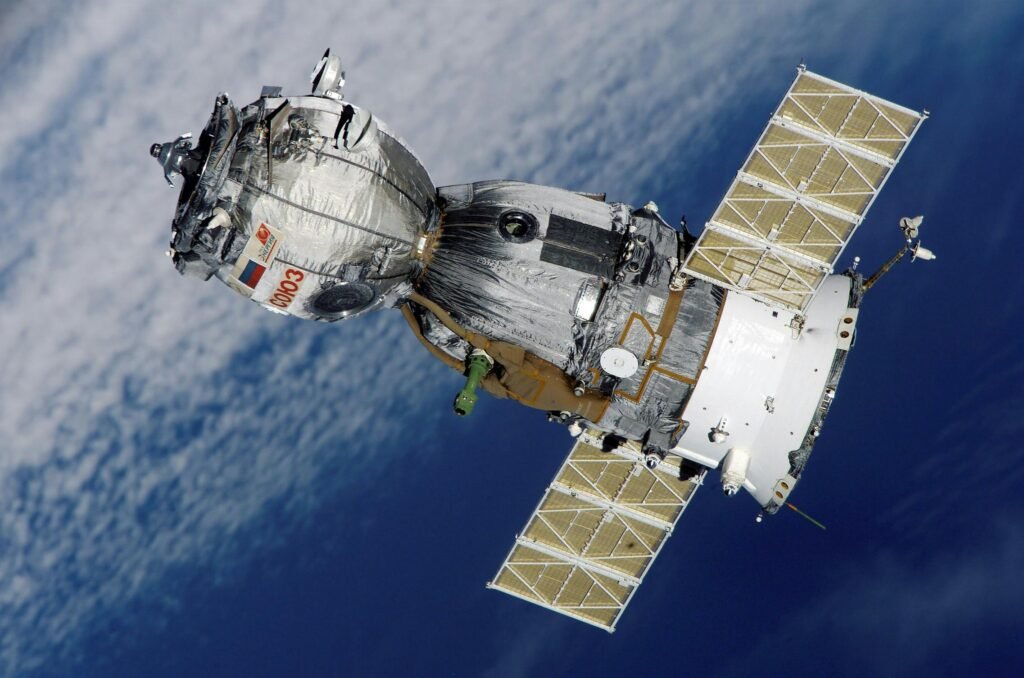
Satellites play a crucial role in our understanding of the universe and our planet. From scientific research to communication, these technological marvels have transformed how we perceive and interact with the world around us. In this blog post, we will explore some of the largest satellites ever launched, highlighting their unique features and contributions to science and society.
- International Space Station (ISS)
The International Space Station (ISS) is the largest human-made structure in low Earth orbit.
Size: 109 meters x 73 meters
Weight: Approximately 420,000 kg
Function: The ISS serves as a research laboratory and living space for astronauts from various countries. It facilitates scientific research in microgravity, allowing scientists to conduct experiments that would be impossible on Earth.
The ISS is a symbol of international collaboration in space exploration, hosting numerous scientific experiments that contribute to our understanding of biology, physics, and Earth sciences.
- Hubble Space Telescope
Launched in 1990, the Hubble Space Telescope has revolutionized our understanding of the universe.
Size: 13.3 meters long
Weight: Approximately 11,000 kg
Function: Hubble observes galaxies, stars, and planets with unparalleled clarity, providing breathtaking images and valuable data that have led to significant discoveries in astronomy.
Hubble’s observations have helped scientists understand the expansion of the universe, the formation of stars, and the existence of exoplanets, making it one of the most important astronomical instruments in history.
- Tiangong Space Station
The Tiangong Space Station is China’s ambitious project aimed at establishing a permanent human presence in space.
Size: 16 meters long (when completed)
Weight: Approximately 66,000 kg
Function: Tiangong serves as a platform for scientific research and international collaboration in space exploration.
As the station continues to be constructed, it will host various experiments in fields such as biology, physics, and materials science, contributing to our understanding of life in space.
- James Webb Space Telescope
The James Webb Space Telescope (JWST) is set to be the successor to Hubble, designed to observe the universe in infrared.
Size: 21.3 feet (6.5 meters) in diameter for its primary mirror
Weight: Approximately 6,200 kg
Function: JWST will explore the formation of stars and galaxies, study the atmospheres of exoplanets, and provide insights into the early universe.
With its advanced technology, JWST promises to unveil new mysteries of the cosmos and enhance our understanding of the origins of life.
- GOES-R Series
The GOES-R Series satellites are vital for monitoring weather and environmental conditions in the Americas.
Size: 3.2 meters x 2.4 meters (without solar panels)
Weight: Approximately 5,200 kg
Function: These satellites provide real-time data on weather patterns, severe storms, and natural disasters, aiding in disaster preparedness and response.
The GOES-R Series enhances our ability to predict weather events and monitor climate change, making it an essential tool for meteorologists and researchers.
Conclusion
The largest satellites in the world are not just technological achievements; they are vital instruments that enhance our understanding of the universe and improve life on Earth. From the International Space Station’s collaborative research to the Hubble Space Telescope’s breathtaking observations, these satellites continue to inspire and inform us. As we look to the future, advancements in satellite technology will undoubtedly lead to even greater discoveries and innovations.
